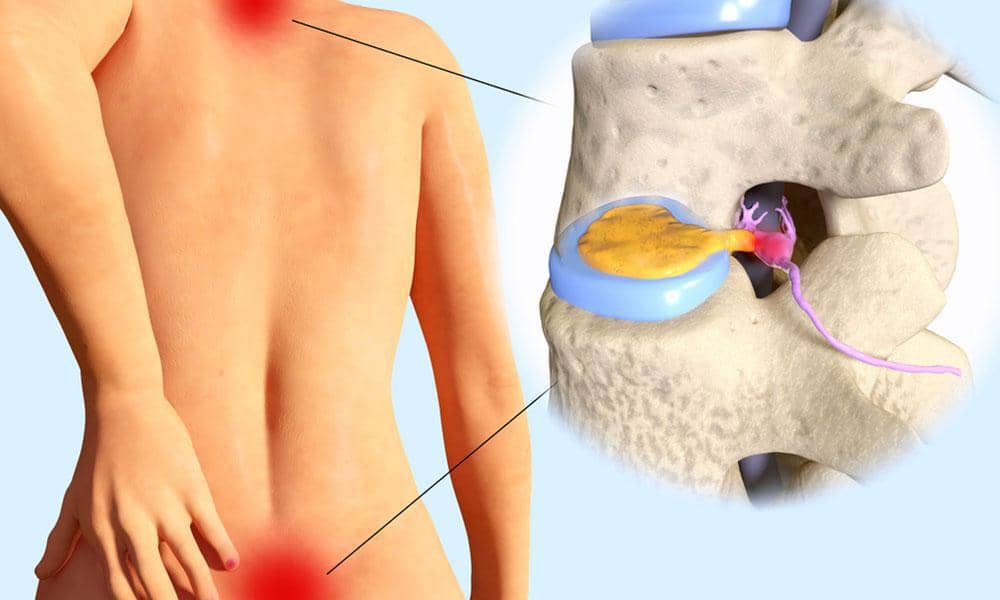Tips to Relieve Piriformis Syndrome
At The Spine Pro, we understand the discomfort of piriformis syndrome and are here to help you find relief. This condition is associated with lower back and hip pain due to an irritated nerve in the lower spine. To assist you in understanding and finding relief from your pain, we’ve put together this all-inclusive guide. Whether you’re at work or home, the following tips may help you find relief from piriformis syndrome.
Understanding Piriformis Syndrome
The piriformis muscle is a small, pear-shaped muscle located deep within the buttock region, connecting the lower spine to the upper thigh bone. Its primary function is to aid in the rotation of the hip joint and stabilize the pelvis during walking and running.
Piriformis syndrome occurs when the piriformis muscle becomes tight, inflamed, or irritated, leading to sciatic nerve compression. The sciatic nerve is the longest nerve in the body and runs from the lower back through the buttocks and down each leg. When the piriformis muscle irritates or compresses the sciatic nerve, it can result in pain, tingling, and numbness along the path of the nerve, often radiating down the leg. This is commonly referred to as sciatica.
Symptoms of Piriformis Syndrome
Recognizing the symptoms of piriformis syndrome is the first step toward effective treatment and recovery. These symptoms can vary in intensity from person to person, depending on the degree of nerve irritation or compression. Typically, individuals with piriformis syndrome may experience the following symptoms:
- Pain, numbness, or tingling in the buttock region, which can radiate down the leg
- Difficulty sitting comfortably, especially for prolonged periods
- A feeling of tightness or tenderness in the buttock muscle
- Pain that worsens with activity, especially activities that apply pressure to the piriformis muscle, like running or climbing stairs
- Reduced range of motion in the hip joint
Tips to Relieve Piriformis Syndrome at Work and Home
Whether you’re spending long hours at your desk or carrying out chores at home, it’s crucial to ensure your activities do not exacerbate your piriformis syndrome. Implementing simple, mindful strategies can make a significant difference in managing and potentially relieving your symptoms. We’ve compiled a set of useful tips that can be easily incorporated into your daily routine, both at work and at home. Let’s start with some practical measures you can take to alleviate your symptoms during your workday:
At Work Tips
- Ergonomic Setup: Ensure your workspace is ergonomically designed to reduce strain on your back and buttocks. Adjust the chair height, position the monitor at eye level, and use a lumbar support cushion.
- Frequent Breaks: Take regular breaks from sitting. Stand up, stretch, and walk for a few minutes every hour to prevent muscle stiffness.
- Correct Posture: Maintain good posture while sitting. Keep your back straight, shoulders relaxed, and feet flat on the floor.
- Alternate Seating: Consider using a stability ball or a standing desk for short periods to engage different muscles and reduce pressure on the piriformis.
- Chair Exercises: Perform seated piriformis stretches and gentle hip rotations to alleviate tension in the muscle.
At Home Tips
- Hot/Cold Therapy: Apply a heating pad or warm compress to the affected area to relax the muscle. Cold packs can help reduce inflammation and numbness.
- Stretching Routine: Incorporate regular piriformis stretches into your daily routine. Simple exercises like the supine piriformis stretch can be highly effective.
- Foam Rolling: Gently massage the buttock area using a foam roller. This can help release tension and improve blood flow.
- Low-Impact Exercises: Engage in activities that don’t strain the piriformis, such as swimming or cycling, to maintain mobility without exacerbating the condition.
- Proper Lifting Techniques: When lifting heavy objects, remember to bend at the knees, not the waist, and avoid twisting motions.
Find Relief With The Spine Pro Today
While these tips may provide significant relief, consulting a healthcare professional for a comprehensive evaluation and personalized treatment plan is essential. If you’re experiencing persistent pain and discomfort from piriformis syndrome, book an appointment with The Spine Pro. We can provide expert guidance and advanced treatments to help you achieve long-term relief and a pain-free life. Don’t let piriformis syndrome hinder your daily activities and well-being. Take action today and make the necessary changes to regain control over your life.






